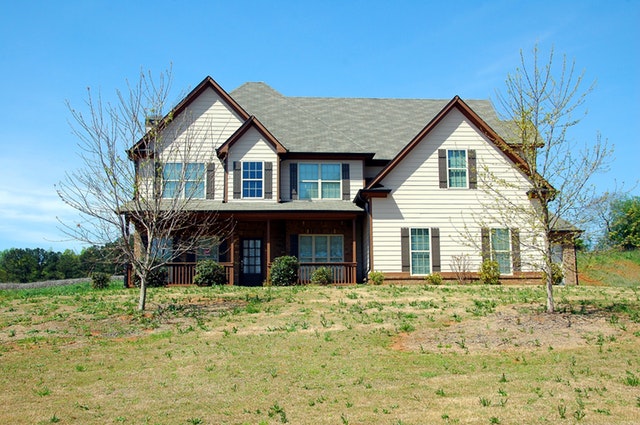How To Finally Become A Real Estate Investor This Year
 Investing in real estate remains one of the best ways to accumulate wealth in America. There are six ways to get started in real estate investing. One way does not require any investment capital, just an investment of your time. Ways to get started include investing in a REIT, buying an incoming-producing property, using a buy-and-hold strategy, flipping houses, crowdfunding, and wholesale deals.
Investing in real estate remains one of the best ways to accumulate wealth in America. There are six ways to get started in real estate investing. One way does not require any investment capital, just an investment of your time. Ways to get started include investing in a REIT, buying an incoming-producing property, using a buy-and-hold strategy, flipping houses, crowdfunding, and wholesale deals.
Investing In A REIT
A real estate investment trust (REIT) is an investment instrument that offers a proportional ownership interest in a real estate portfolio that follows a particular investment strategy. A private REIT has a minimum investment that could be $1,000 to $25,000. A publicly-traded REIT sells in shares, just like stocks on the stock exchange. The investment minimum is just one share and some REITs have share prices under $100.
Income-Producing Property
Buy a home and rent it out. For this strategy to work, you do have to deal with the tenant headaches, unless you can afford to outsource the landlord’s work to a property management company.
Buy-And-Hold Strategy
Buy raw land for cheap on the outskirts of a growing town and wait the time necessary for the town to overtake your land for the opportunity to subdivide and develop it for a high price.
Flipping Houses
For those who like doing contracting work, or who partner up with a contractor, there may be profit in buying some fixer-upper homes to renovate and sell for more than the acquisition price plus the renovation costs.
Crowdfunding
Crowdfunding is a way to participate as a small investor in real estate deals and also to fund your own deals.
Wholesale Deals
Wholesale deals can be accomplished with no money down. You work for other investors and secure properties at lower than market prices by controlling them with an offer that is accepted and then assigning the deal to the investors for a fee.
Summary
If you have been thinking about becoming a real estate investor, now is the time to do something about it. Even if you start with only $100 by buying shares in a REIT, at least you got started. Once you get your real estate investment strategy going, you will find it to be a very rewarding experience, if you are careful and make wise decisions.
Be sure to associate with an expert REALTOR® in your marketplace area to get sound advice and information.
If you are in the market for an investment property or interested in refinancing your current home, be sure to consult with your trusted home mortgage professional to discuss financing options.

 Taking out enormous student loans to get a college degree may be a terrible idea for some. The burden of paying off this debt can make it far more challenging to do other important things like buying a home.
Taking out enormous student loans to get a college degree may be a terrible idea for some. The burden of paying off this debt can make it far more challenging to do other important things like buying a home. Individuals who own their homes with a considerable amount of equity should consider looking into proprietary jumbo reverse mortgages. These can be helpful tools that may allow seniors to either pay down an existing mortgage or fund their retirement.
Individuals who own their homes with a considerable amount of equity should consider looking into proprietary jumbo reverse mortgages. These can be helpful tools that may allow seniors to either pay down an existing mortgage or fund their retirement.